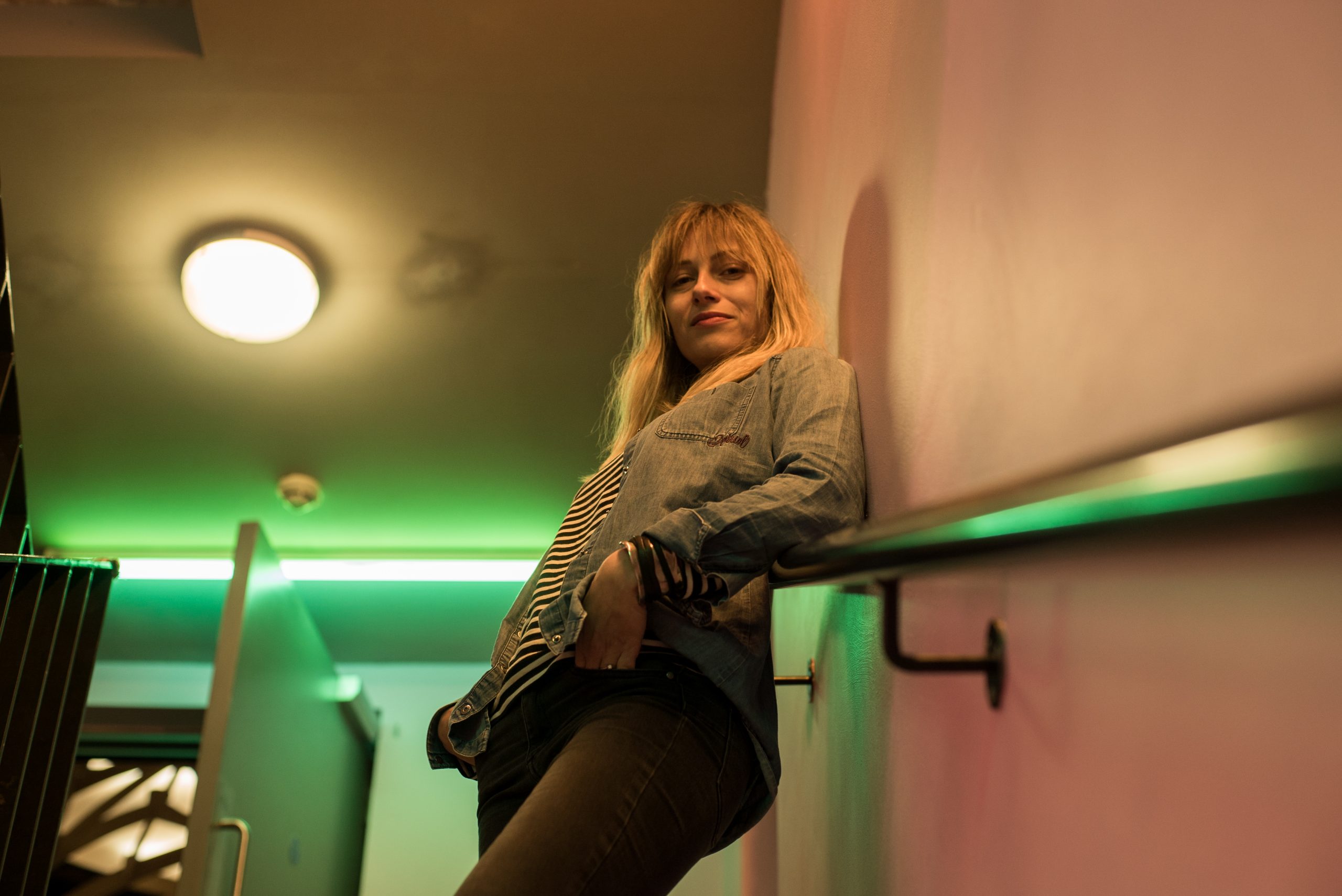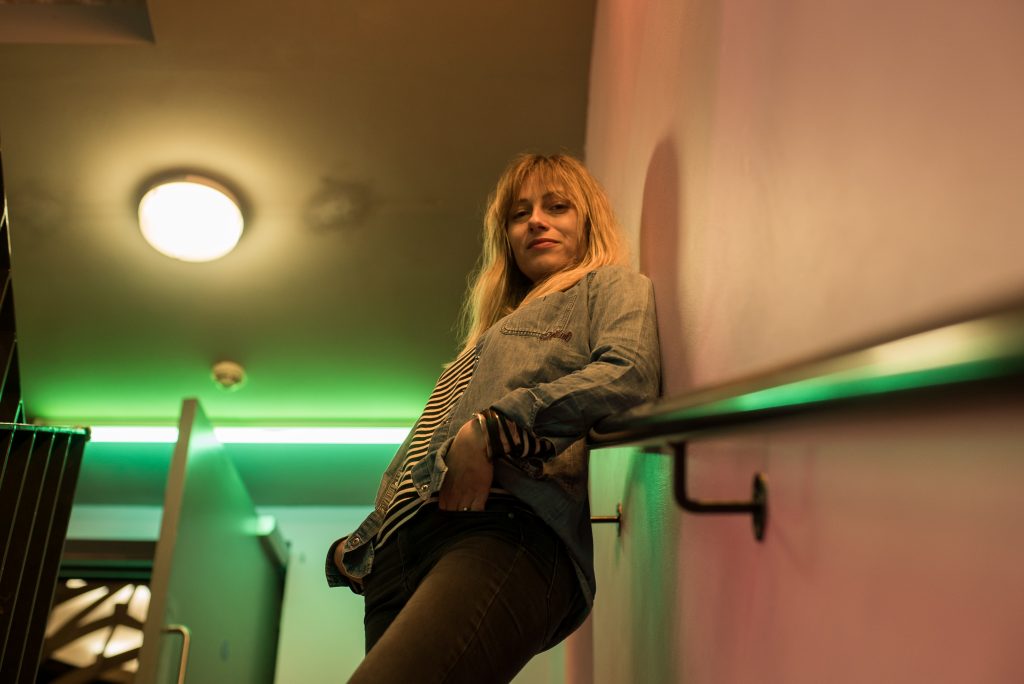An interview with Karmen Krasić Kožul from LAB 852 (Croatia)
Karmen Krasić Kožul, the managing director and curator in LAB 852, believes in the ability of art to inspire social and cultural changes, when people from many different fields act together. In this interview, the curator shares her thoughts on interdisciplinarity, its role searching for innovative solutions and ways that art may help to face our fears.

As one of the co-founders of LAB 852, could you tell us a little more about the platform and its activities?
LAB 852 is a creative agency from Zagreb, Croatia, established in 2011 with the aim of providing consulting, management, production and promotion services in the field of culture. We believe in culture that expands horizons, supports sustainable development and is available to everyone. Our mission is to help individuals, organizations and decision makers apply these principals in their own projects, plans and strategies.
LAB 852 focus its activity on the content, the format of which can be adapted depending on its further realisation and context: residency programmes, specialized workshops, site-specific, community and public space projects, performing arts, interdisciplinary productions, etc. We carry out programs in rural as well as industrial and marginalized city areas, thus approaching the audience which is usually left outside the scope of the contemporary cultural production. Through this project, LAB 852 strives to gain knowledge and develop new methods and models that could be used working with its target audience, and which can be tested within the local context and used to create a platform for a better international visibility of emerging artists.
Most of your recent activities focus on creating connections between various types of art, such as music and visual arts. Why interdisciplinarity, which is also one of the cornerstones of Magic Carpets, is so important to you? What collaborations it might achieve and in what ways?
Interdisciplinarity has always been present in my work, but at the very beginning, it has manifested in an intuitive manner. I grew up in the age of electronic music, which was already inseparable from visualisations. Back then, many DJs were already collaborating with VJs and this was the field that interested me the most. Later, when I have started working with trainings for cultural organizations, I have noticed that professionals from different disciplines who work together to solve some problem, are more willing to try something new, something that would have been considered too radical or too banal in the sole framework of their own disciplines. This is when I realized how interdisciplinarity may trigger innovation in our field of work, and how, I hope, Magic Carpets will contribute to cultural and social development of our communities.
Even though the Internet and many other contemporary inventions present many options for us to interact, we live in a highly individualised age, where the society is more alienated than ever. What role does art play trying to connect people these days?
There are many ways in which art is connecting people and they are all rooted in real human needs, values and belief systems. Some are more formal, based on the need to keep traditions alive and identities fixed, some are giving priorities to the aesthetics, or to the urge to entertain. All these practices are underlying some deeper fears which legitimately drive them: that the world can sometimes be an ugly and boring place, while traditions and identities might change. Rather than making arts out of fears, I hope for arts which may go deeper and help to face these fears, so we can accept ourselves as imperfect, insecure beings who need each other more than the beautiful representations of ourselves. As Carl Jung said: “I’d rather be whole than good”.
What kind of networks should the community be based on, in your opinion?
Networks of solidarity, networks of exchange and networks of discontent.
Do you believe that art might inspire real long-term changes in social-relationships?
It depends. I believe art is already a representation of social relationships with its elite, popular, commercial or traditional aspects. As such, it helps us reflect upon what is at stake and this is the first step towards any change. But in order to offer inspiration for real alternatives, it should interact with different fields and disciplines, pervade the everyday life and be understandable to the public as a tool to achieve the outcomes they find valuable.
